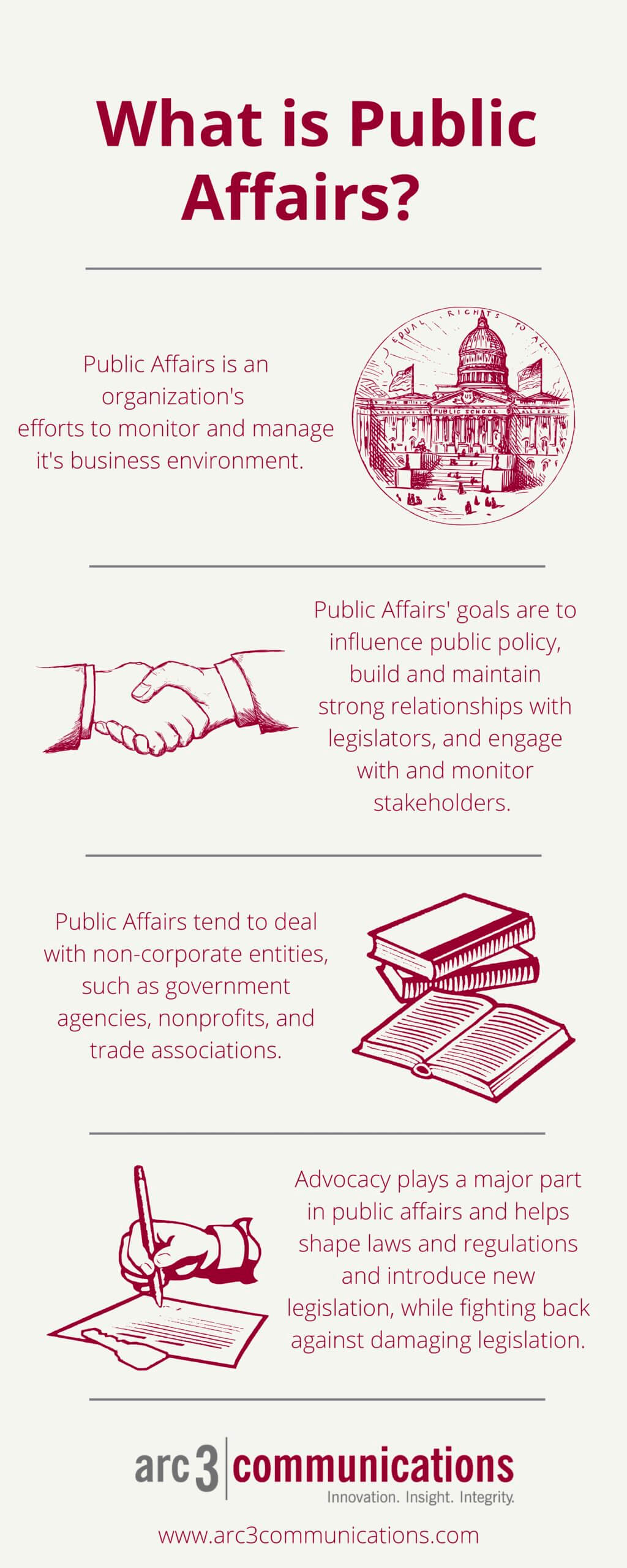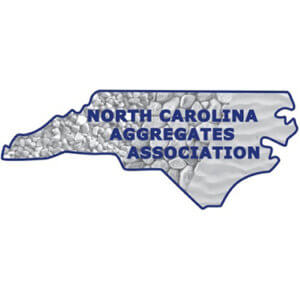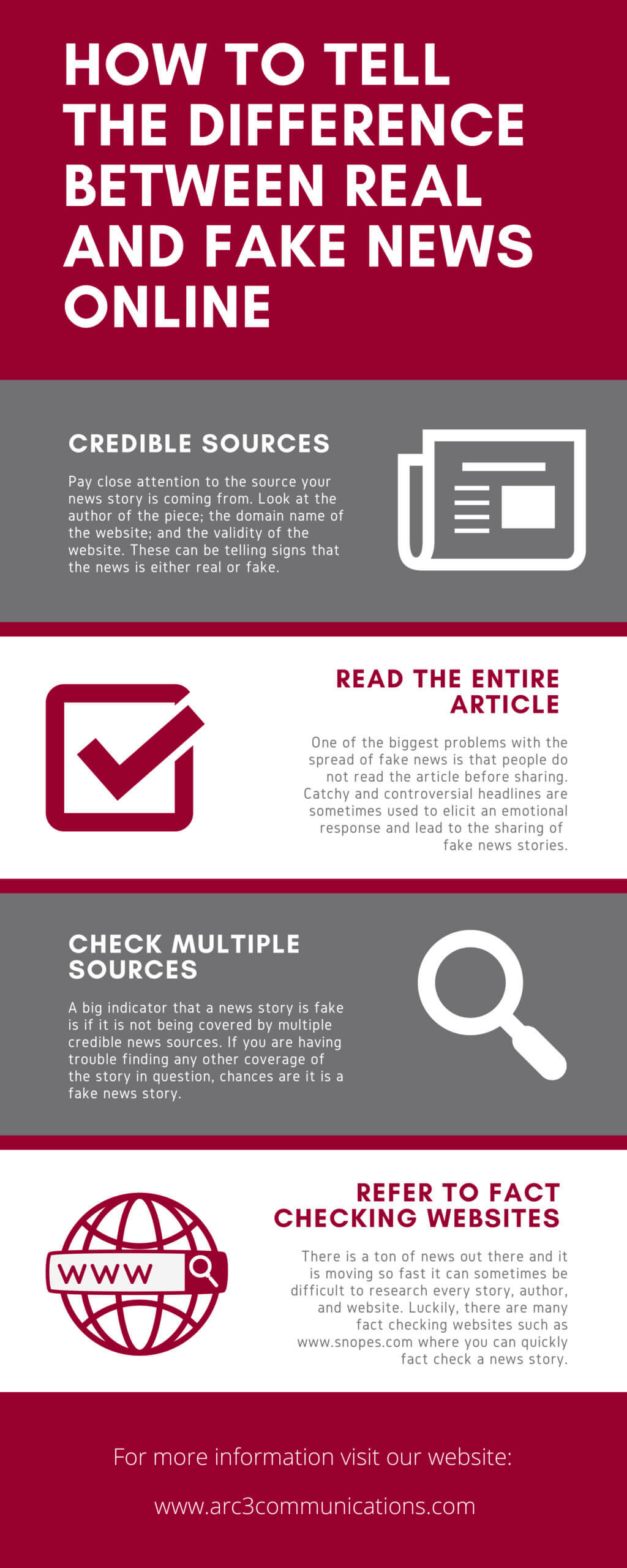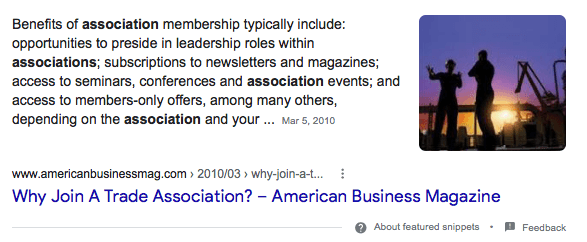 As in-person meetings begin to make a comeback, it is time to dust off your association’s trade show materials and be sure you are ready to put your best foot forward as you return to the in-person world of trade shows and annual conferences. We all became familiar with virtual platforms such as Zoom and Microsoft Teams during COVID and may have even attended virtual conferences on behalf of your association during this time. As many can probably attest, virtual conferences and meetings do not have the same effect as face to face does. Below are four tips for making sure you represent your association well as the world returns to in person events.
As in-person meetings begin to make a comeback, it is time to dust off your association’s trade show materials and be sure you are ready to put your best foot forward as you return to the in-person world of trade shows and annual conferences. We all became familiar with virtual platforms such as Zoom and Microsoft Teams during COVID and may have even attended virtual conferences on behalf of your association during this time. As many can probably attest, virtual conferences and meetings do not have the same effect as face to face does. Below are four tips for making sure you represent your association well as the world returns to in person events.
- Be Aware of COVID-19 Precautions and Rules
One thing that will be new as your association returns to in person events is that many if not all of these will have COVID-19 rules and precautions. These can usually be found on the website for the conference or event or will be emailed out by the host and they can differ depending on location. It is important that you are aware and follow these rules as you attend the show as it is respectful of others and also reflects well on your association.
One example of these new rules is one that involves wearing a certain color based on your social comfort level during COVID. At a recent in-person event, the hosts gave attendees different colored bracelets; green, yellow, and red. Green meant you are open to handshakes and high-fives, yellow meant you are open to elbow bumps only, and red meant you do not want any physical contact and would like social distance.
Many events also continue to have mask requirements, and some are requiring proof of vaccination before allowing attendance. Be sure you are aware of these types of requirements before attending an event to avoid not being permitted to attend. There may also be new rules for exhibitors and presenters, so if your association is participating in this type of role, be sure you review any such rules beforehand so all attendees with your association can be prepared.
- Make Sure You are Up to Date
It has been nearly two years since many large in-person events were last held. For some, a lot has changed in that period of time. From personal items like your business card to association related items like information hand-outs at exhibit halls, it is important to ensure all information is current and relevant to show that you and your association are credible. The last thing you want to do is to give hundreds of people outdated information regarding your association’s industry; that would not do well for your credibility or reputation.
Your business card is your personal identification. Potential new members or current members may use it to get in contact with you. That is why you must be sure to have the right address, telephone number, email, association position and any other information you might include be up to date and current. It may sound simple, but it also may have been a while since you’ve given out your information outside of an email or a zoom message. Again, it reflects well on you and on the association that you represent.
- Let People Know You’re There
An important part of conference and in-person events for your association is the networking. Whether it is an event your association is hosting or whether you are attending on your association’s behalf, networking is a big part of these events. Why not get a head start prior to attending the event and let people know you are going to be there? This is especially important if you are exhibiting in an exhibit hall or presenting at an important panel.
Social media pages, both personal and your association’s page are a great way to announce your presence and even where you will be within the conference so that people can find you. If the conference or host has an event app with an announcement feature, you can post on that. Check also if the conference you are attending has a twitter handle or a hashtag as a way to tag and announce updates. This will bring people to your exhibit or presentation and ensure you get the turnout you want.
- Be Prepared
Again, it has been nearly two years since you may have attended an in-person conference. Be sure you have everything you need, and if you need to take time to get everything together, be sure to do so in advance to prevent rushing and forgetting something important. If you are presenting, be sure you have your notes, any handouts, and most importantly, a back-up of your presentation! If you are exhibiting, be positive you have brought your banners, décor, information, hand-outs, and if you give out pens, candy, or other freebies, remember to bring them.
You want everything to look great and run smoothly so that your association not only stands out but looks good doing so. Make sure you are ready for any inquiries about the association you may get from members or potential members. It is always good to be prepared and it reflects well on your association and how you run things.
As we come together once again face to face and readjust to large group events, be prepared to put your best image forward back in person representing your association and industry. This will help generate leads during these networking opportunities and will help grow your membership. It will also let the current members know you are credible, responsible and that you represent the industry and your members professionally. Stay safe and before you know it, attending conferences and events will feel like second nature again.







